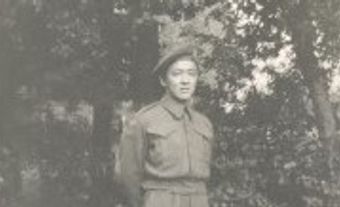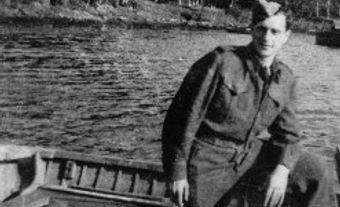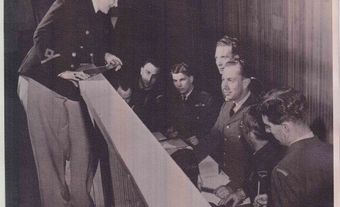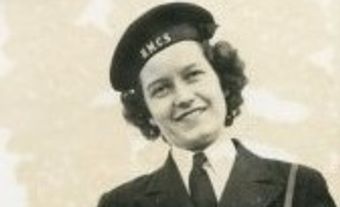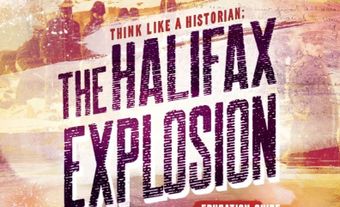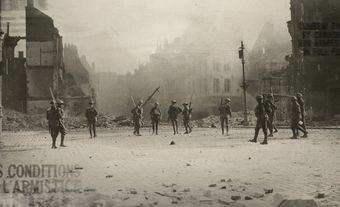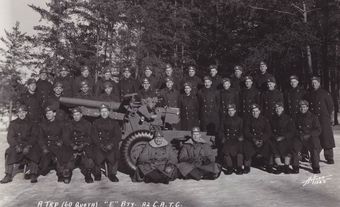Historians use written, oral and visual sources to develop and support their interpretations of historical events. The historical discipline divides source materials into two categories: primary sources and secondary sources. Both categories are flexible and depend on the subject and era a historian is investigating.
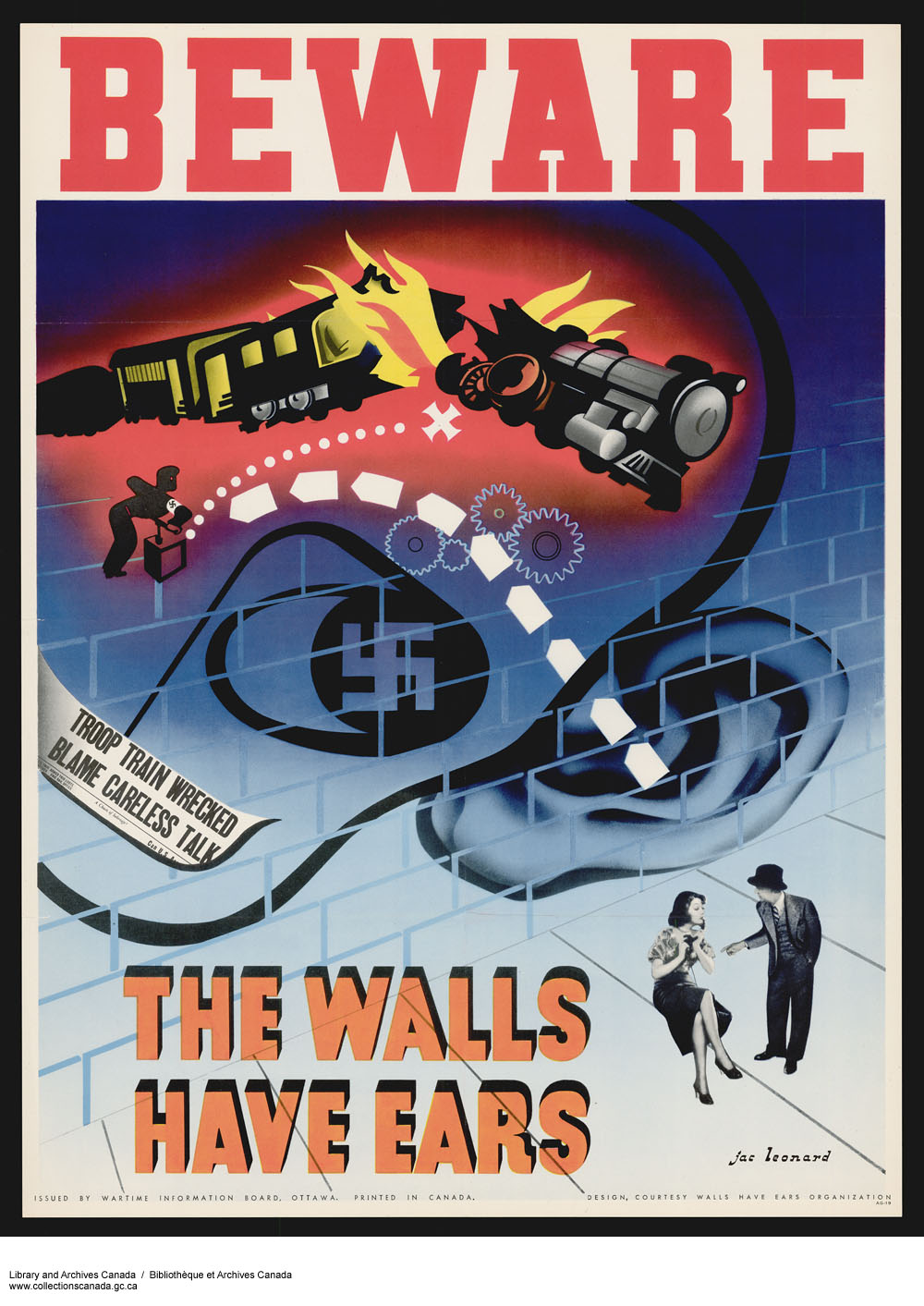
Primary Sources
Primary sources refer to sources produced during the time period a historian is studying. Primary sources may include propaganda posters, newspaper articles, government documents, military records, letters, diaries, Indigenous oral histories, traditional songs, excerpts from books that were popular at the time, newspaper editorials, art, petitions and speeches, as well as many other types of artefacts (objects) and documents from a specific time period.
The exceptions to this rule are memoirs written later in life by historical actors and oral interviews conducted with individuals who lived through the events. Historians must be careful when using such sources, as subjects’ memories of events can be affected by time and physical distance from the event they are writing or talking about. Yet, they provide crucial first-hand experience of events that were not covered extensively in media or government documents. This includes Indigenous children’s experiences in residential schools in Canada.
The sources used by a historian depend on their topic of interest. For example, a historian studying public opinion might consult letters to the editor in a newspaper or public opinion polls, such as Gallup Polls. A historian studying the history of science might look at scientific journal articles from the time period, as well as records of notable scientific researchers. In the future, historians studying our own era might even draw on Twitter “tweets” for evidence!
Secondary Sources
Secondary sources are sources written or created by authors who study a subject but did not experience it first-hand. These authors and creators use primary and secondary sources to recreate and interpret past events. Secondary sources may include monographs (books), journal articles, dissertations, museum exhibits, documentary films, online videos and web resources, including blogs and online encyclopedia entries.
Different authors can have radically different perspectives on the same topic, depending on time and primary sources used. For example, one author may have had access to government documents, while another may have been writing when such documents were still “classified” and, therefore, unavailable. This can affect an author’s perspective on an event. The study of different secondary source interpretations of a historical event is called “historiography.”
Students may be instructed to use “scholarly” secondary sources, especially at the university level. “Scholarly” in this context generally refers to a publication that is written by an expert on the subject, has been published by an academic publisher
or journal and has gone through a peer-reviewed process in which it has been fact-checked for accuracy and scholarly rigour by one or more scholars in the same field. Generally, monographs and journal articles are the most frequently used secondary sources.
Students should be careful when using web resources to ensure they are appropriate for use in class assignments.

 Share on Facebook
Share on Facebook Share on X
Share on X Share by Email
Share by Email Share on Google Classroom
Share on Google Classroom

